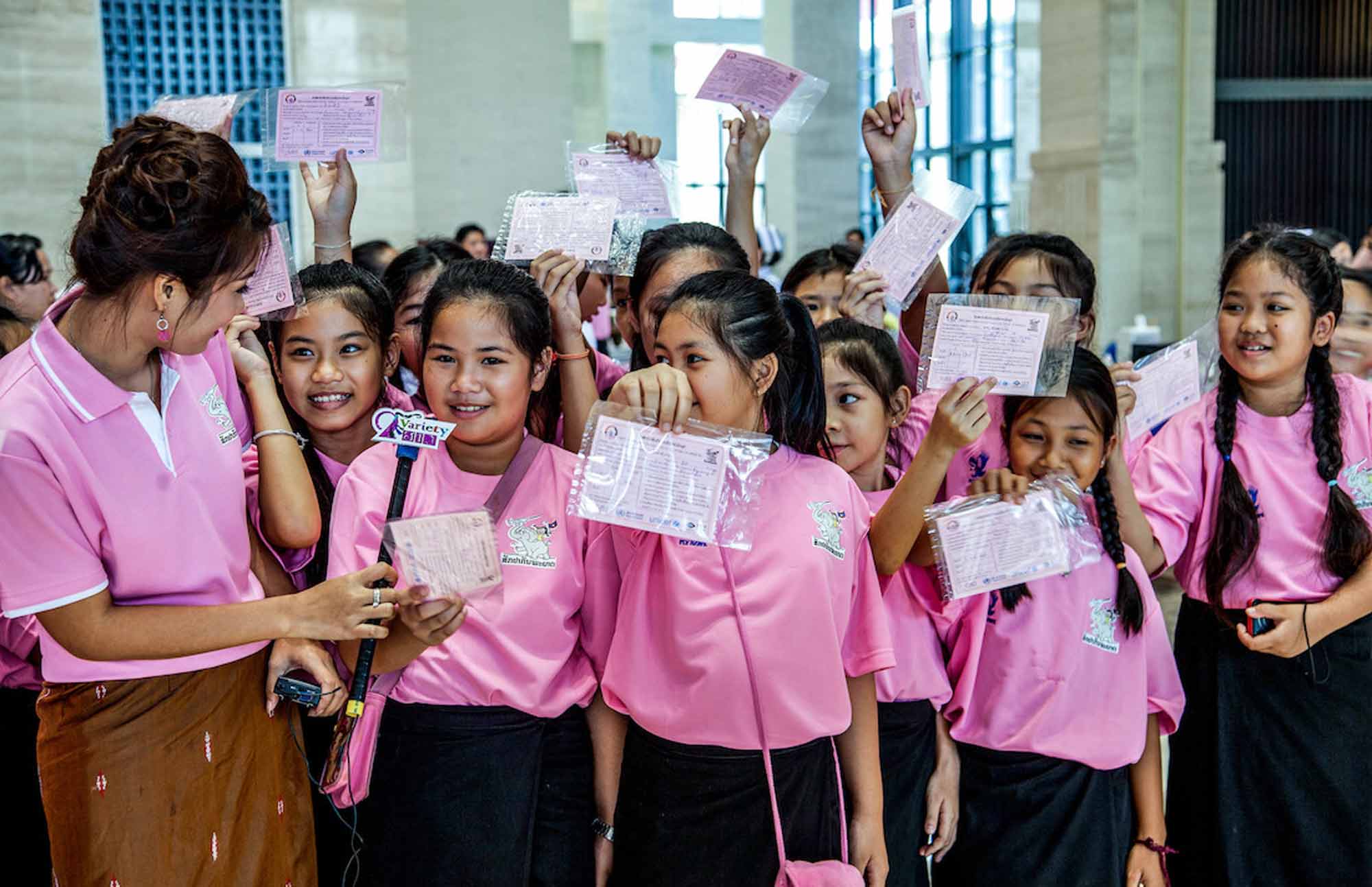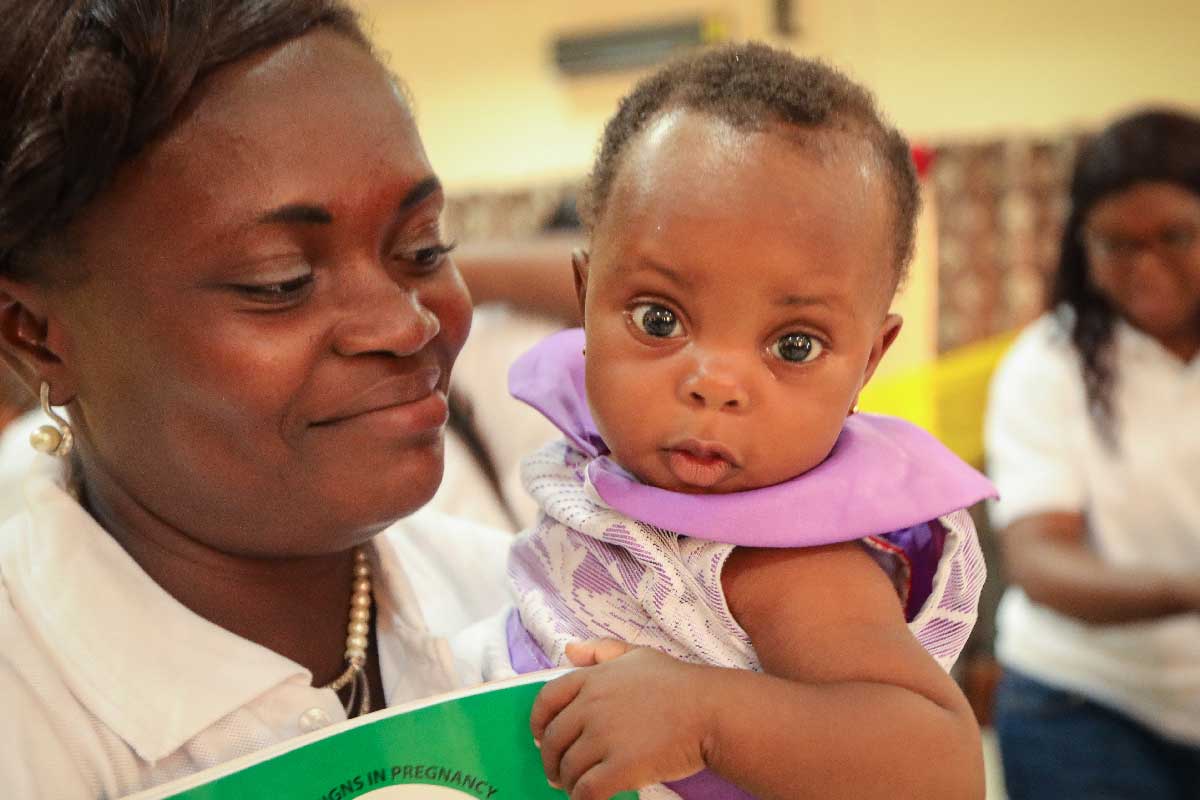HPV vaccine could reduce risk of cervical abnormalities returning after surgery
New data hints at potential expanded role for the HPV vaccine, pending further research
- 8 August 2022
- 3 min read
- by Linda Geddes

The HPV vaccine has revolutionised the prevention of cervical cancer in young people who have received it, but new research suggests it could also reduce the risk of precancerous cells growing back, when given after surgery.
Almost all cases of cervical cancer are linked to infection with certain types of human papillomavirus (HPV) -– extremely common viruses that are transmitted through sexual contact. Currently, an effective and safe vaccine exists against the main two cancer-causing types of HPV, with many countries focusing vaccination efforts on young adolescent girls (and in some cases, boys as well).
Abnormal cells
As well as vaccination, the World Health Organizsation (WHO) recommends regular screening for abnormal changes to the cells that line the cervix – known as cervical intra-epithelial neoplasia (CIN) -– which, if left untreated, may eventually develop into cancer. To prevent this, these cells are usually removed through local surgery.
Have you read?
There are three grades of CIN, known as CIN1, 2 and 3, with CIN3 being the most severe –- meaning the entire cervical surface layer is affected by abnormal cells.
Women with higher grade CINs are thought to be particularly sensitive to infection with HPV and can rapidly re-acquire infections after treatment, increasing their chances of the abnormalities returning.
Immune boost
Research has suggested that HPV vaccines are better at triggering antibodies against HPV than natural infection, raising the possibility that vaccination at the time of surgery might reduce the risk of the virus – and the abnormalities – returning.
To investigate, Maria Kyrgiou at Imperial College London and her colleagues combined the results of 18 previous studies that reported on the efficacy of vaccination when given shortly before, during, or up to 12 months after local surgical treatment to remove abnormal cervical cells.
The main outcome they examined was the recurrence of CIN grade 2 or higher, but they also looked at the recurrence of more minor abnormalities.
Added protection
The study, which was published in the British Medical Journal, found that people who had been vaccinated against HPV had a 57% lower risk of CIN2 or above recurring, compared to those who had not received the vaccine.
The effect was even stronger – a relative 74% reduction -– when the researchers focused on CINs related to the two main cancer-causing forms of HPV (subtypes HPV16 and HPV18).
Promising as these results are, the researchers that cautioned that most of the studies they analysed were observational, of low to moderate quality, and with relatively short follow-up times, which prevented assessment of long-term effects. Large-scale randomised controlled trials are needed to establish the level of effectiveness and cost of HPV vaccination in women, they said. One such trial -– The NOVEL trial -– is expected to report results in the near future.








